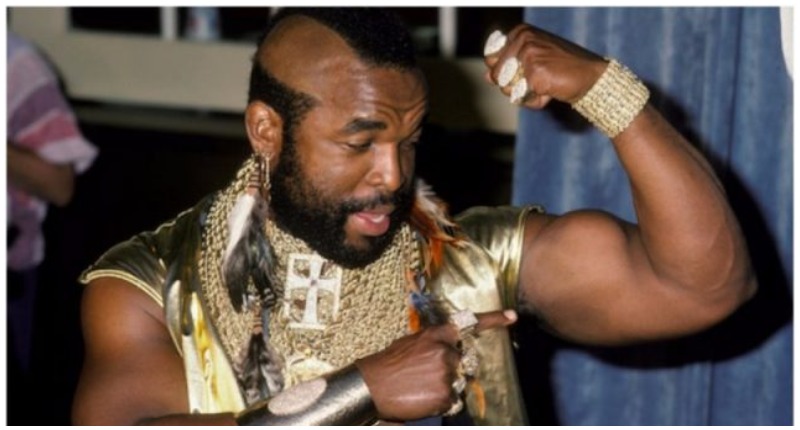Sporting a mohawk and a serious amount of gold chains, bracelets, and other accessories, Mr. T. has made an image for himself that makes him instantly recognizable.
This former professional wrestler, celebrity bodyguard and actor has been present on both television and the silver screen since the 1980s. He has built a reputation of a tough guy with a kind heart.

Earning recognition from his roles of B.A. Baracus in the popular TV show The A-Team and Clubber Lang in Rocky III, Mr. T. has become an iconic public figure and a household name. His one-liner (“I pity the fool”) has turned into one of the most used quotes in the history of television.
Starting his career as a professional bodyguard, Mr. T. built up his reputation from the gutter to the stars. Among his first employees were 16 prostitutes, nine welfare recipients, five preachers, eight bankers, 10 school teachers, and four store owners.
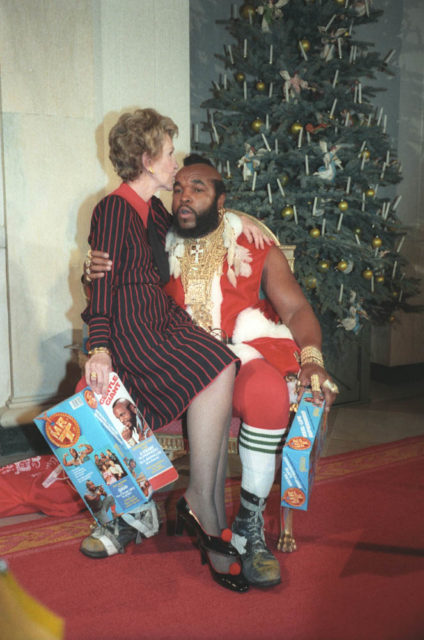
During his time he developed credibility as a reliable and dedicated bodyguard, quickly rising through the ranks and gaining access to more VIP clients, like clothes designers, models, judges, politicians, athletes and millionaires.
From that point on, he was recognized by other high-profile celebrities including Muhammad Ali, Steve McQueen, Michael Jackson, Leon Spinks, Joe Frazier, and Diana Ross.
He also had a shot in World Class Championship Wrestling (WCCW) in 1989, and has performed together with Hulk Hogan. Although he would change his line of work on several occasions, his trademark look persisted and changed very little since his most famous television appearance in The A-Team. While people usually think that his look is a product of stylists and costume designers, his fashion choices were all devised by Mr T., and hold a specific purpose.
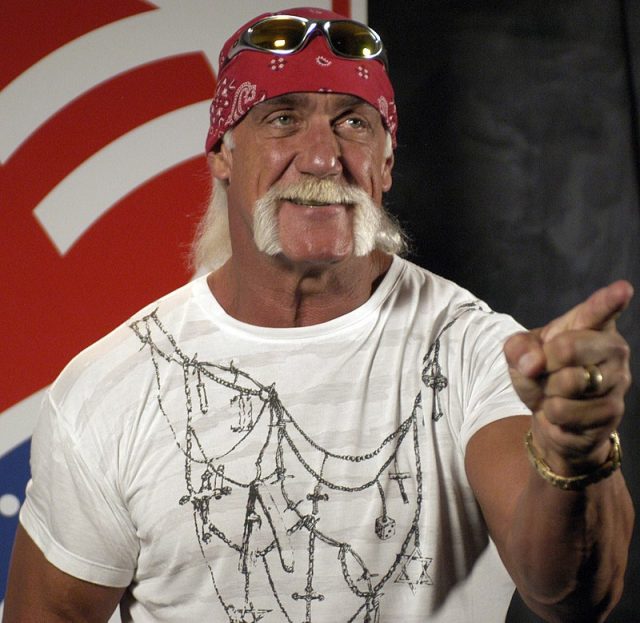
First off, Laurence Tureaud — aka Mr. T. — adopted his stage name as a statement against racism. He addressed the issue by adding “Mr.” to the initial of his last name, in order to fight the patronizing slur word “boy”, often used when referring to African-Americans:
“I think about my father being called ‘boy’, my uncle being called ‘boy’, my brother, coming back from Vietnam and being called ‘boy’. So I questioned myself: “What does a black man have to do before he’s given the respect as a man?” So when I was 18 years old… I said I was old enough to be called a man. I self-ordained myself Mr. T so the first word out of everybody’s mouth is ‘Mr.’ That’s a sign of respect that my father didn’t get, that my brother didn’t get, that my mother didn’t get.”
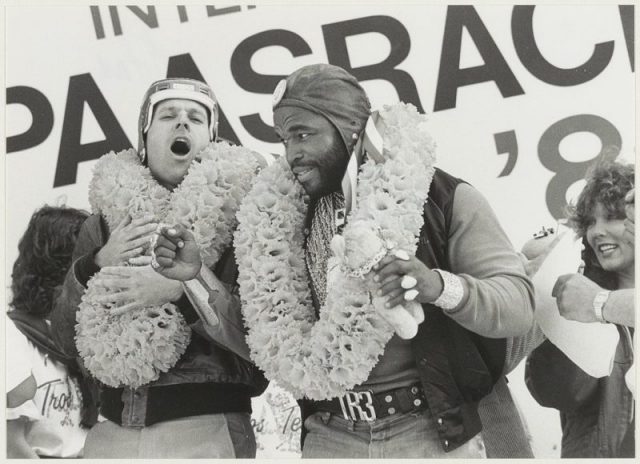
This was only the beginning of his transformation. Inspired by the Mandinka warriors of West Africa, Mr. T. fashioned a Mohawk-style haircut, which furthermore identified him with his African roots. According to Tureaud, the idea came to him after reading a photo article in National Geographic, featuring the Mandinka tribe.
Determined to make his entire appearance a tribute to his ancestry, Mr. T. started wearing a large number of gold chains in the 1980s ― a trait which also quickly blended with his original image.
The gold, which had become an integral part of his public image, also had a role in promoting the struggles of African-Americans. First off, he explained the gold as a manifestation of his self-made success:
“I bought the gold because I could afford it. I tell inner-city kids and their parents, ‘It’s stupid for you to go out and buy gold if your rent’s not paid when the kids need shoes.’ So the first reason is that I can afford it.”
Although the empowering factor played a significant role in his appearance, it was the relationships between gold chains and slavery that were the prime reason behind this unusual fashion statement:
“The second is symbolic of my African heritage. When my ancestors were brought from Africa, they were shackled by their neck, their wrists, and their ankles by steel chains. And they were sold on the slave block for chump change. So I turned the steel chains to gold to symbolize that I’m still a slave, only my price tag is higher.”
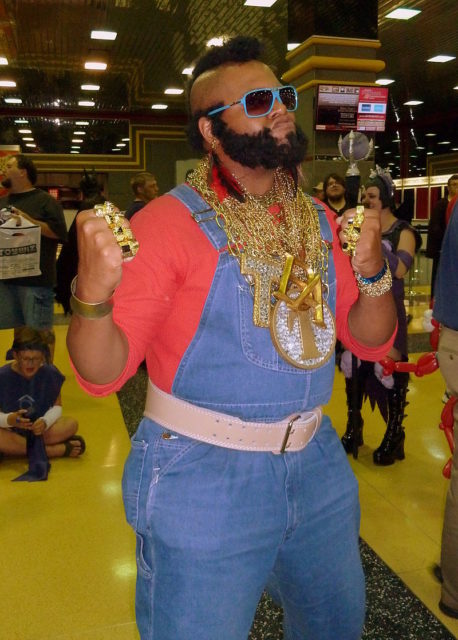
And now for the numerical value of his earrings. He wore 7 earrings. Three in his right and four in his left. The number three has many symbolic meanings for Mr. T. First it is symbolic of the Christina Trinity, the three wise men, the three parts of the day, the three days Jesus was in the tomb, and the three graces (Faith, Hope, and Love). The 3 also stands for three Civil Rights workers, Chaney, Goodman and Schwerner, who lost their lives in 1963, the situation that the film Mississippi Burning was based on.
The four earrings in his left ear symbolize the four seasons, the four directions, and the four gospel writers.
The 7 total earrings he has also has symbolic value. It was seven times that Joshua marched around the walls of Jericho, Samson had seven locks of hair, there’s seven notes in a musical bar, there’s seven colors in the rainbow, God made heaven and earth in six days and rested on the seventh. As Mr. T said: “I am the seventh son.”
However, the actor/wrestler/bodyguard disowned all of his golden jewelry (but not the symbolism behind it), as a response to the Huricanne Katrina disaster which hit Florida and Louisiana in 2005. For the occasion he gave a statement for the USA Today:
“Because, as a Christian, I felt it would be a sin against god to wear my gold when the people lost everything. I remember the bodies floating in the water, and I felt it would be disrespectful and insensitive to people who died, so I said I’d never wear my gold again. Only gold I have is the gold in my heart.”
Read another story from us: How FDR Used a Hot Dog to Put the King of England at Ease
In addition to this, he is often heard promoting motivational ideas. Mr. T. tries hard to inspire people around him, using his celebrity status as a vehicle for spreading the good word. Although his celebrity high time was in the late 1980s and 1990s, he continues to be an irreplaceable part of American popular culture — and still pities a lot of fools who think otherwise.
